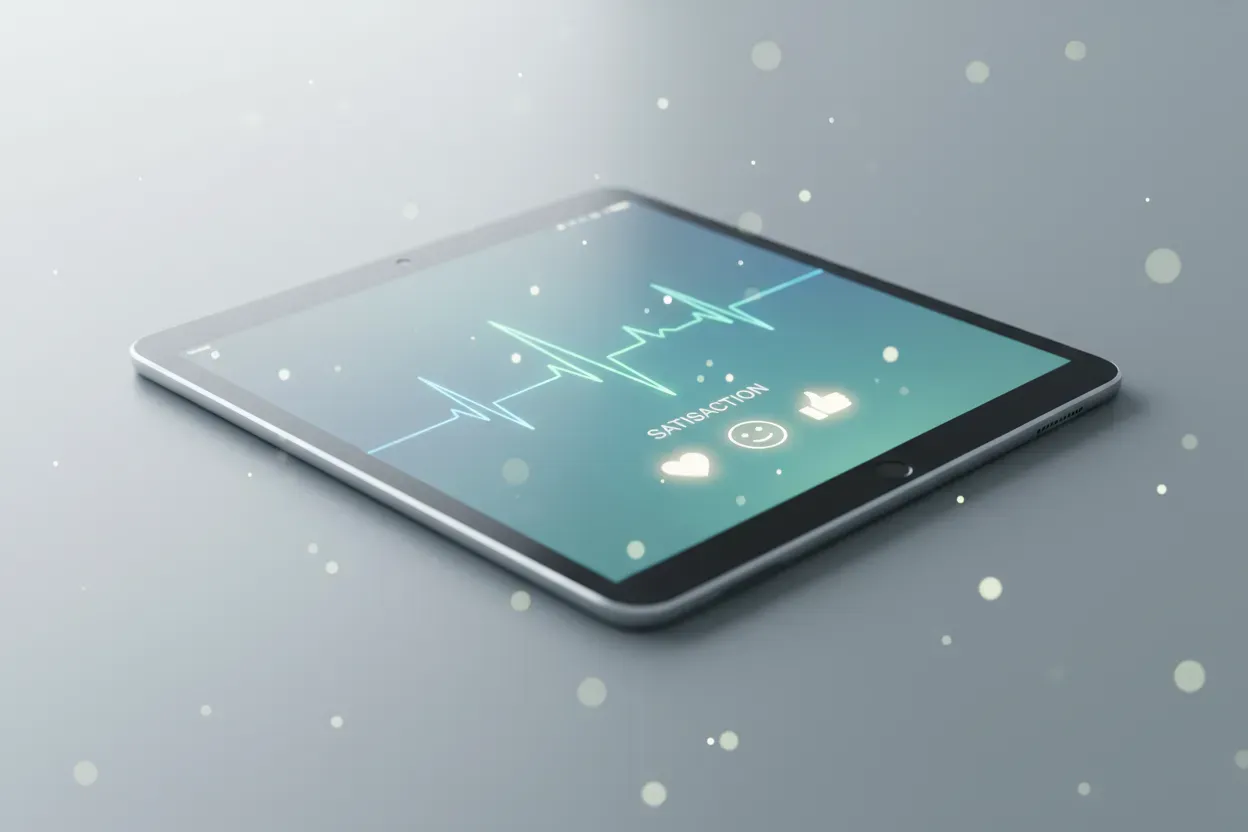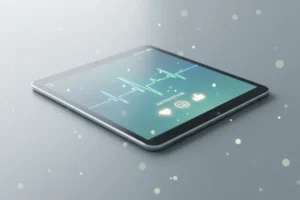Radiology is changing rapidly, becoming a major player in modern healthcare. As patient expectations and clinical demands continue to grow, radiologists are being called upon to supply more than just images. They are expected to provide insights, enhance care coordination, and contribute to system-wide improvements. As noted by Dr. Hamid Alam, addressing challenges such as burnout, fragmented workflows, and communication barriers has become integral to the field. At the same time, innovations and collaboration are reshaping how radiology is practiced and perceived.
Radiology’s Expanding Role in Patient Care
Radiology has become more than a tool for viewing internal structures; it now plays a central role in shaping patient outcomes. As imaging technology advances, radiologists contribute far beyond interpreting scans, offering critical insights that influence diagnosis and treatment strategies.
In emergency settings, timely radiologic input can guide life-saving decisions. In oncology, radiologists collaborate closely with care teams to monitor disease progression and assess treatment effectiveness. Their growing involvement across specialties highlights how radiology supports more personalized, informed care.
Key Pressures Shaping Radiology
Radiology professionals are navigating a landscape marked by rising demand and constrained resources. With increasing imaging volumes and limited staffing, radiologists often face intense workloads that can lead to mental fatigue and burnout. These conditions not only affect well-being but also risk compromising diagnostic precision. The growing complexity of cases, particularly those involving multiple comorbidities, adds to the burden.
Workflow inefficiencies add another layer of strain. Outdated systems, fragmented communication, and data overload can slow down decision-making and delay patient care. In high-pressure settings such as trauma centers or busy outpatient clinics, even small delays can have serious consequences.
As healthcare grows more complex, radiologists must also bridge communication gaps with other providers. When imaging findings are not clearly conveyed or incorporated into care plans, it can disrupt coordination, leading to duplicated tests or missed diagnoses. This disconnect often results in patients undergoing unnecessary procedures, raising both costs and risks.
Human-Centered Innovation in Radiology
Human-centered innovation in radiology focuses on designing tools and processes that truly support the people who use them, both clinicians and patients. Rather than forcing users to adapt to rigid systems, this tailors solutions to meet real-world needs and workflows. The goal is to make technologies intuitive so they enhance rather than hinder clinical work.
In imaging departments, this might mean redesigning reporting interfaces to reduce cognitive load or developing AI tools that assist rather than overwhelm. When technology aligns with how radiologists think and work, it becomes a partner in care rather than a burden. This alignment is especially crucial in high-intensity settings where decisions must be made quickly and accurately.
Beyond the technical side, human-centered innovation also values empathy. This can be seen in patient-facing efforts such as clearer scheduling systems, more personalized exam explanations, or imaging environments designed to reduce anxiety. These small shifts have a measurable impact on patient experience and trust.
Tools and Technologies Supporting Change
Radiology is undergoing a transformation fueled by smart technologies designed to work alongside clinicians. Artificial intelligence now assists in detecting subtle findings that might be missed during manual review, such as early-stage tumors or microfractures. When integrated well, these tools can help improve speed and accuracy without replacing the radiologist’s expertise.
Communication platforms are also seeing upgrades, making it easier for radiologists to collaborate with referring physicians in real time. Instead of waiting days for feedback or clarification, imaging results can be shared instantly, with annotations and context that reduce ambiguity. These improvements not only streamline care but also enhance patient safety. In rural settings, this connectivity can bridge gaps in specialist access.
In high-volume environments, automated workflow solutions are reducing repetitive administrative tasks from auto-scheduling to voice-assisted reporting; such tools free up radiologists to focus more on clinical judgment and less on clerical work. These efficiencies are especially valuable during staffing shortages or peak demand periods.
The Power of Collaborative Action
Radiology thrives when collaboration becomes the norm rather than the exception. Cross-functional teams that include radiologists, technologists, IT specialists, and clinicians are better equipped to identify workflow gaps and implement solutions that are both practical and impactful. Meaningful collaboration often begins with trust and is reinforced through shared goals.
When different perspectives are brought together, even complex problems such as protocol standardization or imaging appropriateness become more manageable. In academic hospitals and community settings alike, these collaborative efforts have led to smoother operations and clearer communication, ultimately benefiting the patient.













